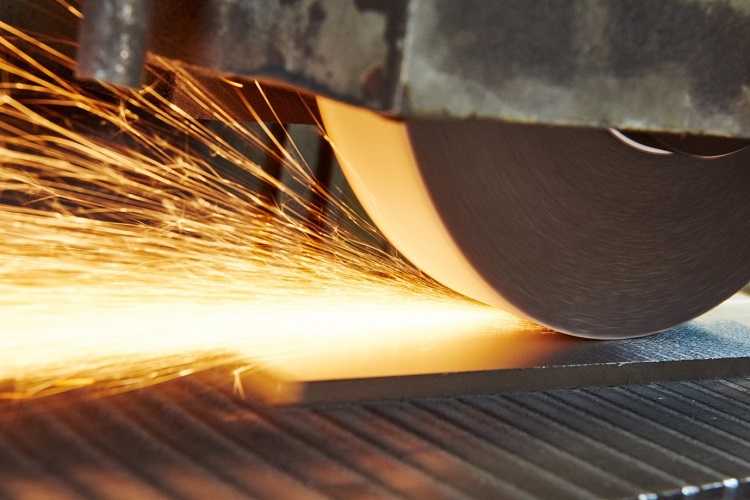Do you love your city skyline? Without steel, the modern skylines that we’ve come to know all over the world would not exist. We’d also not have automobiles, trains, and many other products that keep the economy going.
Humans have been working with molten metal for thousands of years and with iron and steel for centuries. The steelmaking process is a marvel of high heat and technological evolution.
If you’ve ever wanted to know what goes on behind the scenes in a steelmaking plant, you’re reading the right article. Here’s an introduction to steelmaking as it’s done today.
The Basic Steelmaking Process
How is steel made? Steel starts as raw materials like iron ore and limestone. Modern steelmaking also incorporates recycled materials.
In 1856, Henry Bessemer invented the Bessemer Process for steel making. His machine passed oxygen into the molten iron, which lowered the amount of carbon in it.
The result was a stronger material with potential for advanced manufacturing. The Bessemer Process was not perfect, but it was the first step in the evolution of modern steel production.
Ironmaking
Today, ironmaking is the first step in the process we know as steelmaking. It involves lime, coke, and iron ore which get melted together in a furnace.
Working with steel is an opportunity to play an important role in the economy. The steel industry provides most of the building materials we use to keep the economy running.
Intermediate Steps
After ironmaking, the next step in steelmaking production is to melt the metal again and combine it with recycled steel.
Basic Oxygen Furnaces or Electric Arc Furnaces combine oxygen with molten iron. This lowers the carbon, similar to the Bessemer Process.
The result is a material that is very strong but brittle. You can’t use it yet, but it’s getting to the point where you want it to be.
Casting and Forming
At this stage, the molten metal is a rudimentary type of steel. It is then refined depending on its planned use and poured into molds. Once it cools, it’s then cut into varying lengths for different uses.
Molybdenum helps the new steel develop toughness so that it can get made into strong tools and parts. It has a high heat tolerance, so it can hold up in many industrial settings where heat is part of the manufacturing process. If you’d like to learn more about what a molybdenum bar is, check out the link.
Forming is next. This is when the steel gets welded, drilled, and manipulated into different shapes and then allowed to cool and solidify.
After forming, the new steel gets allowed to fully cool and then gets shipped out to customers.
Steel Helps Make the Economy What it Is
So now you’re familiar with the steelmaking process. For most of us, steelmaking is a behind-the-scenes activity- so it’s nice to know more about it!
Without steel, we wouldn’t have the products that drive the economy and make our lives what they are today.
If you’ve found this article informative, check out the rest of our blog for more about business, technology, and more!







